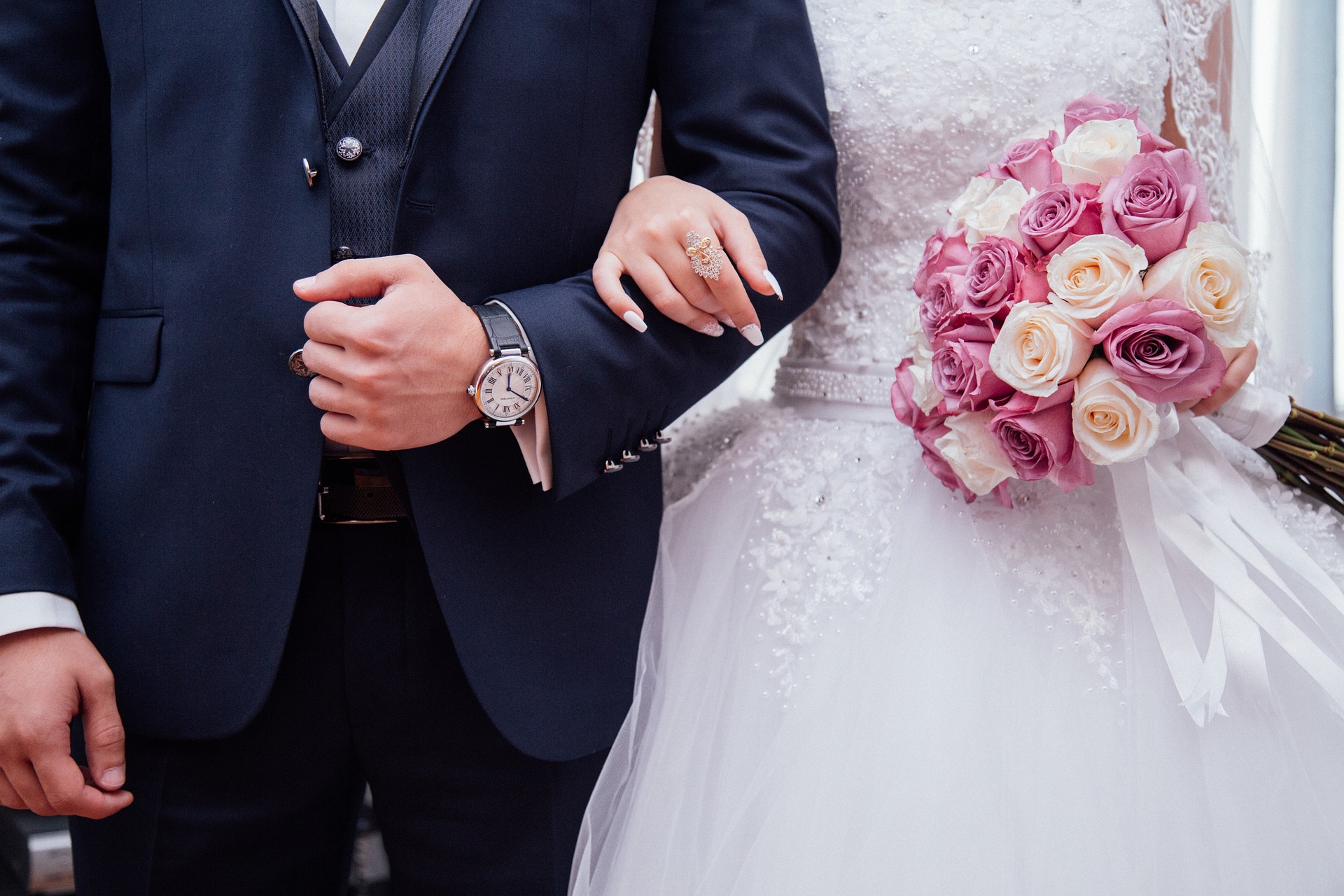
The government's incentives for families is receiving continuous international attention.Continue reading

Although, in line with European trends, fewer people are married in Hungary than a decade ago, but the number of marriages in the country has been gradually increasing since 2014. The marriage rate has been above the European average since 2015, and has been rising dynamically since then, ranking first in the EU since 2018. In addition, the average age at the time of marriage has not shifted in Hungary as much as the EU average.
This year, Marriage Week takes place between 11 and 18 February. The series of events was launched in the UK two decades ago and is being held in Hungary for the 17th time. It aims to raise awareness of the values and importance of marriage and family. To mark the occasion, the Oeconomus Economic Research Foundation took a special look at the country’s statistics.
Data from the 2022 census published in October 2023, shows that in line with European trends, the proportion of married people in Hungary has fallen over the past ten years, while the number of single and unmarried people has increased. This trend reflects not only the change in marriage rates in absolute figures, but also more complex social processes linked to the ageing of European society and changes in lifestyles. One example is the gradual increase in the age at the time of marriage.
Although, in line with the European trend, fewer people are getting married in Hungary than ten years ago, the number of marriages in Hungary has been gradually rising since 2014, and has been above the European average since the mid-2010s.
Based on Eurostat data, the number of marriages per 1,000 inhabitants in Hungary has risen steadily, while the rate in the European Union has remained essentially stagnant, before falling back in 2020, due to the COVID pandemic.
Hungary’s marriage rate was below the EU average in 2011, but above it in 2015, and has been at the top of the EU ranking since 2018.
The number of marriages spiked again after 2018. The family policy support system plays an important role in this, the institute points out. Targeted government measures have made marriage popular again, in contrast to Western European trends where being single is the norm.
In the period ahead, it may be important to support younger people, as marrying younger can lead to more children being born. It is also worth noting that a number of international studies have found that marriage helps to maintain health and leads to longer life.
Eurostat data shows that
Hungarian women married earlier than the EU average, at 29.7 years compared to 31.2 years in the EU.
In 2021, women in the EU married on average 2.2 years earlier than a decade ago. In Hungary, the increase was more moderate at 1.4 years. Among the EU countries for which statistics are available, Hungary has experienced the smallest shift in the date of women’s first marriage. This trend is the result of a slowdown: the average age has increased by only 0.3 years over the last five years, which is also in the top three in the EU.
Via Oeconomus, Featured image: Pixabay